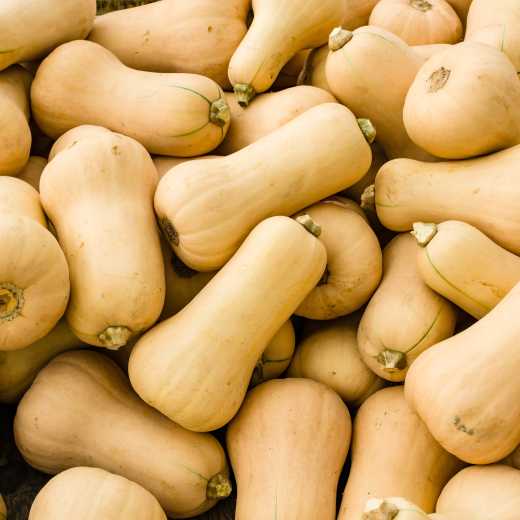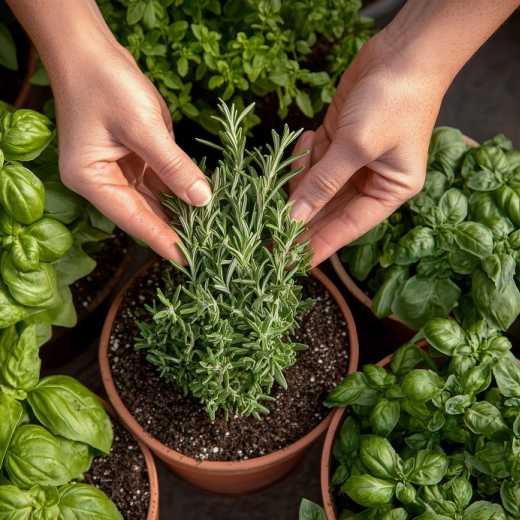Helping Birds Survive Winter
This week has been especially hard on birds because of the extremely low temperatures, snow on the ground, and gale-force north winds. It has been as low as -8 degrees, and that is NOT normal for southern Oklahoma. I have been filling the bird feeders daily, and they are constantly visited by finches, cardinals, woodpeckers plus one really fat squirrel that does not even run anymore when I try to scare it away.
I love looking out my windows and watching birds. I keep feeders filled with black-oil sunflower seeds, thistle for the tiny birds, and suet cakes for the cardinals and redheaded woodpeckers to hang from. I feed the birds for the enjoyment I get from watching them and knowing that I am helping them survive the winter when it is so hard for them to find enough food. My hope, also, is that if I feed the birds during the winter, they will repay me by sticking around the rest of the year, feasting on insects in my yard. I have been watching a pair of bluebirds going in and out of a bluebird house where they raised two sets of babies this past summer. I leave the houses up in hopes they can use them for shelter. I put mealworms, which they seem to enjoy immensely, in a peanut butter lid tacked to top of a birdhouse.
Birds need the same three things to survive as all other living creatures: food, water and shelter. In order to maintain body temperature, birds must search for food from sunup to sundown in the winter because the supply of insects they depend on is severely diminished. Suet cakes are inexpensive and provide fat that is a source of much-needed calories that are converted to body heat. You can buy suet cakes, but your own homemade ones will be even better. I have observed the birds always eat the homemade suet I put out before they eat the store-bought ones. In my opinion, it is probably best to use natural animal products such as lard or suet to provide birds with extra energy to survive winter and avoid products labeled as vegetable shortening, which are hydrogenated oil products. The process to extract oil from soybean seeds and palm kernel grains is intense and results in trans fatty acids which makes vegetable shortening easier to oxidize and become rancid. The following is a good recipe for suet cakes.
- Homemade Suet Cakes: In a large pot, like a stockpot, melt 2 pounds of lard and a large jar of natural crunchy peanut butter together. (Be sure to use lard that is made from animal fat and not shortening that is made from vegetable oil.) With a strong utensil, like a heavy wooden spoon, mix in 5 pounds of cornmeal, black oil sunflower seeds, old-fashioned oats and nutritious ingredients such as unsalted peanuts, raisins, dried cranberries, and dried mealworms. I always save the plastic containers from store bought suet to recycle because they fit the suet feeders perfectly; however, you can line cake pans with plastic wrap and cut pieces with a pizza cutter after placing in freezer long enough to harden. Muffin tins work well, also. Put paper liners in and add a loop of yarn for easy hanging. Keep the suet cakes in the freezer and use them all winter. This is a great project to give kids something to do and help them learn about caring for birds.
- Birdseed is high in carbohydrates that are turned to glucose to meet the high-energy needs of birds. If you buy pre-mixed birdseeds, look for those high in black-oil sunflower seeds and white proso millet. Avoid the cheap birdseed mixes that are mostly fillers like wheat seeds and milo. They will attract sparrows, but the birds you want to attract will not eat these. They will just scatter them on the ground where they will attract other creatures you do not want like starlings, squirrels, and mice. If you only feed one thing, make it black-oil sunflower seeds (not striped). They are highly nutritious and liked by more species of birds than anything else.
- If possible, put your bird feeders about 5'-10' from shrubs or trees in a south-facing area that provides protection from the cold north winter wind and predators. Mine are on the south side of the house in front of large windows so that I can enjoy watching all winter from my warm living room. If I could just figure out how to keep the squirrels off the feeders, I would enjoy them even more. The squirrels eat so much seed so quickly, and they run off the birds for which the food is intended. I have a large natural wooded area they are welcome to inhabit, and they have planted many acorns that will sprout in flower borders in the spring they are welcome to dig up. It took two squirrels 15 minutes, at most, to figure out how to work together to bypass the “squirrel-proof” feeder.
- Water is an absolute necessity for all living creatures, and birds can die in a few days if they do not have easy access to a water supply. Make sure to keep the ice broken if it freezes or use a small birdbath heater to keep water from freezing. It has been so cold that even the birdbath heater was not enough to keep the water from freezing in a large concrete birdbath near the bird feeders, so I keep my hammer handy. Some bird lovers have found heated pet water dishes work well for an emergency water supply.
- Shelter can mean life or death for birds in the winter. Make sure your landscape is designed to attract birds by planting some evergreens that provide good shelter in the winter. I see many different kinds of birds sheltering in the Yaupon, Burford, Carissa and Nellie R Stevens Hollies that I have planted. I love Hollies for the birds because they have very dense evergreen foliage that gives good protection all year. They also look great all year and provide color in the winter with their beautiful green leaves and red berries for the birds.
- Plant some native shrubs and trees that have nuts and berries. Not only will you be helping the birds, your yard will be more attractive. Native plants will grow well and will attract native insects that will attract native birds. Some especially good plants for birds are American Beautyberry, Leatherleaf Mahonia, Evergreen Hollies and deciduous Possumhaw Hollies. Viburnums and black or red Chokecherries are midsize shrubs that are deciduous and provide fruit for birds in the winter.
- Do not deadhead or cut back perennials until early spring. I have seen finches and many other birds eating seeds from purple coneflowers, sunflowers, salvias, asters, sedums, black-eyed Susans and ornamental grasses during the winter.
- If you want birds in your yard, DO NOT use insecticides. If there are no insects, birds will move to a friendlier yard where they can find food. If you help the birds survive winter, they will help you the rest of the year by eating half their weight in insects every day. That makes the saying, "she eats like a bird,” a lot ironic! Stay Safe & Help the Birds!

 Member Login
Member Login






